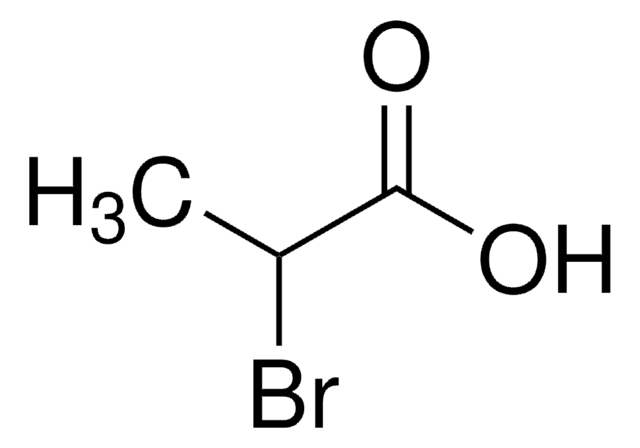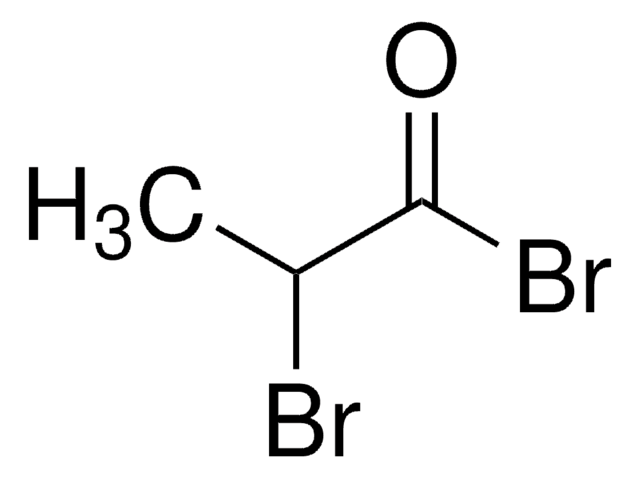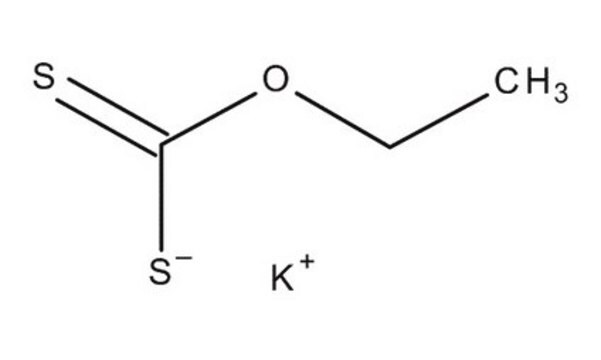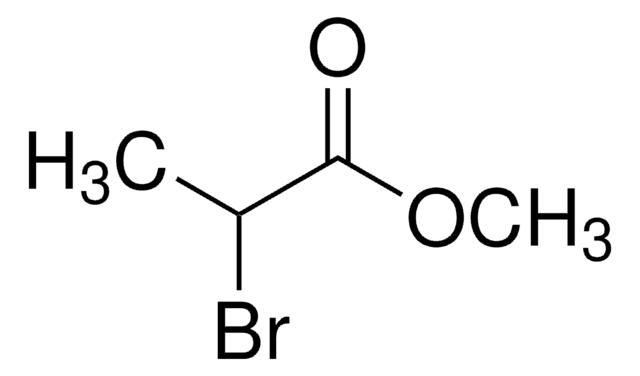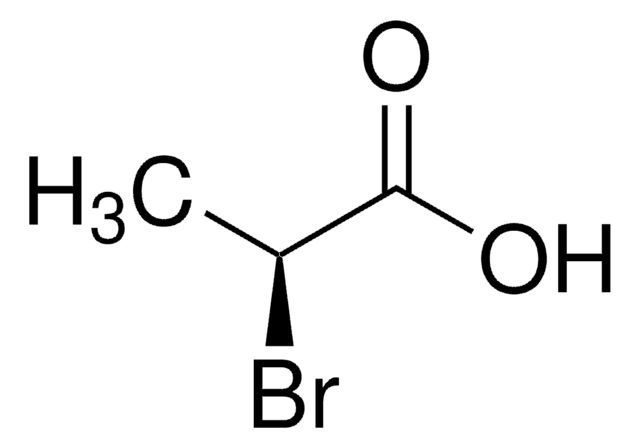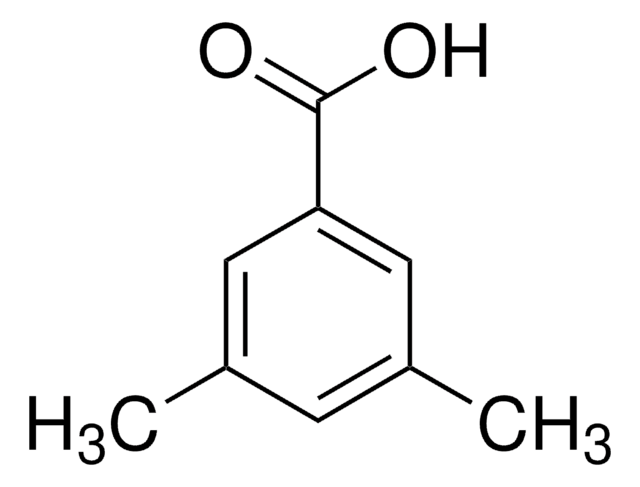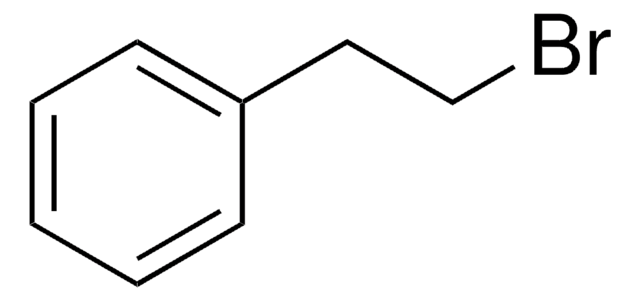Kluczowe dokumenty
254770
Potassium ethyl xanthogenate
96%
Synonim(y):
O-Ethylxanthic acid potassium salt, KEX, Potassium O-ethyl dithiocarbonate, Potassium xanthogenate
About This Item
Polecane produkty
Poziom jakości
Próba
96%
Formularz
powder
mp
210 °C (dec.) (lit.)
rozpuszczalność
alcohol: soluble(lit.)
water: very soluble(lit.)
ciąg SMILES
[K+].CCOC([S-])=S
InChI
1S/C3H6OS2.K/c1-2-4-3(5)6;/h2H2,1H3,(H,5,6);/q;+1/p-1
Klucz InChI
JCBJVAJGLKENNC-UHFFFAOYSA-M
Szukasz podobnych produktów? Odwiedź Przewodnik dotyczący porównywania produktów
Zastosowanie
- in synthesis of unsymmetrical sulfides via cross-coupling reaction, using recyclable CuO nanoparticles under ligand-free conditions
- as surfactant to investigate the adsorption of colloidal dye Disperse Blue 3 onto pretreated polyester fabric
- in determination of microgram amounts of cadmium in water samples by substoichiometric radiochemical method
Hasło ostrzegawcze
Danger
Zwroty wskazujące rodzaj zagrożenia
Zwroty wskazujące środki ostrożności
Klasyfikacja zagrożeń
Acute Tox. 4 Inhalation - Acute Tox. 4 Oral - Eye Irrit. 2 - Flam. Sol. 1 - Skin Irrit. 2 - STOT SE 3
Organy docelowe
Respiratory system
Zagrożenia dodatkowe
Kod klasy składowania
4.2 - Pyrophoric and self-heating hazardous materials
Klasa zagrożenia wodnego (WGK)
WGK 3
Temperatura zapłonu (°F)
204.8 °F
Temperatura zapłonu (°C)
96 °C
Środki ochrony indywidualnej
dust mask type N95 (US), Eyeshields, Gloves
Wybierz jedną z najnowszych wersji:
Masz już ten produkt?
Dokumenty związane z niedawno zakupionymi produktami zostały zamieszczone w Bibliotece dokumentów.
Klienci oglądali również te produkty
Nasz zespół naukowców ma doświadczenie we wszystkich obszarach badań, w tym w naukach przyrodniczych, materiałoznawstwie, syntezie chemicznej, chromatografii, analityce i wielu innych dziedzinach.
Skontaktuj się z zespołem ds. pomocy technicznej